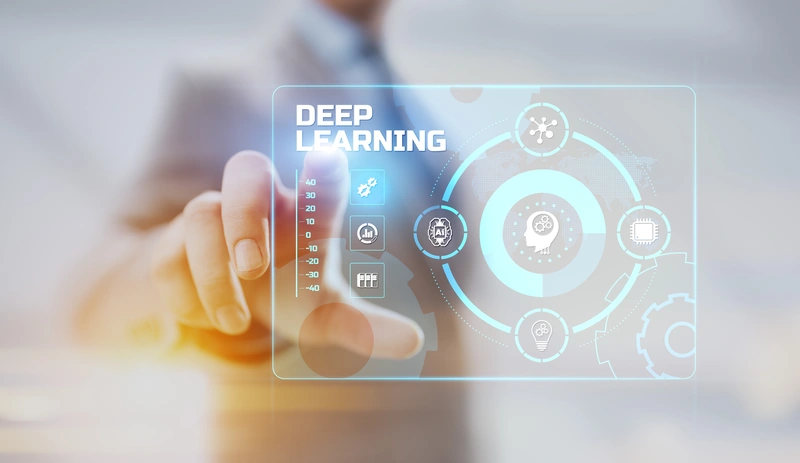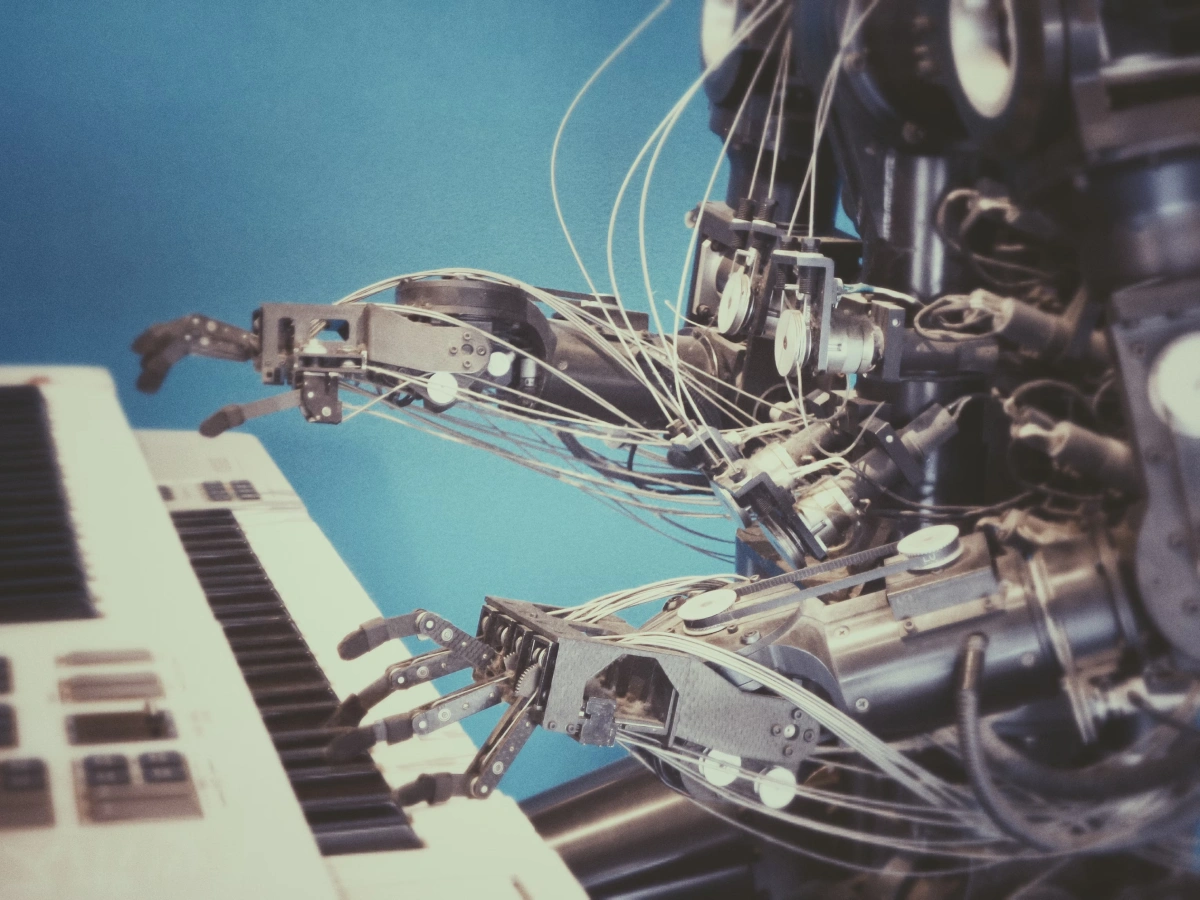Translating, interpreting, and creating texts – artificial intelligence can already do it all. However, large language models (LLM) can go a significant step further: They use deep learning to deliver results that are supposedly indistinguishable from texts generated by humans. Although language models have come a very long way, they are reaching their limits—the limits of human culture. How language service providers are responding to automated language models.
Austria, for example, has a form of the superlative that is completely unknown in Germany. A neighbor who is making noise is described as being “laut” or loud. If they make a lot of noise, they are “zu laut” (too loud). But if they are literally making the ground shake, this now becomes “ein bisserl sehr laut” (a little bit very loud). This uniquely Austrian habit of relativizing the most severe level of criticism is not something that can be conveyed in grammatical terms—one has to understand and, above all, feel the meaning. The famous bon mot that Austrians and Germans are separated by a common language was not written by Karl Kraus, as is often claimed. However, the master satirist would probably have liked it.
What do large language models feel like?
Anyone who regularly works with programs like ChatGPT or has at least played around with them will be familiar with their effect: the results are impressive and genuine errors are becoming increasingly rare. However, time and again, artificial intelligence seems to generate phrases that sound odd, that just don’t feel natural—even though you can’t seem to pinpoint exactly why this is. It is therefore no coincidence that we hear educators at schools and universities make the same statement with increasing frequency: They claim to be able to recognize texts generated by AI as soon as they read them. This also poses a danger for translations. After all, if the source text is already linguistically clumsy, repeated translation using artificial intelligence is more likely to make things worse than better.
Following the footsteps of humans?
ChatGPT is one of these large language models that are specifically designed to eliminate this effect. This goal is founded on the use of deep learning technologies and artificial neural networks. Ultimately, LLMs should enable artificial intelligence to communicate in such a way that humans can no longer recognize the difference—for example, in conjunction with chatbots. This also includes the vision that AI will one day be able to detect the mood of its human counterpart and respond appropriately. However, the language models have yet to progress to this stage.
Humans are the best language models
LLMs are based on the calculation of predictions: what is the most likely way that a text will continue? For this purpose, LLMs are “fed” vast amounts of text and then trained. This training usually follows the same sequence: During unsupervised learning, the model is trained using unstructured data—which means that it automatically trawls through texts from sources such as Wikipedia, the media, or publicly accessible books. In the second step, referred to as self-supervised learning, the unstructured data is eliminated and structured data is imported. The last step involves fine-tuning, for example, in the form of positive or negative feedback. In other words, the final stage is when humans intervene in the algorithm and its results.
The insurmountable hurdle: Nuances and emotion
This is the step that will keep humans part of the equation for a long time to come. As impressive as the results of machine translation and text generation technologies are, they are unable to mimic actual speech comprehension, the nuances and emotions that are woven into texts. The other thing to consider is that language is continually evolving. As speakers and writers, we are redefining it every day. This ongoing metamorphosis cannot simply be calculated–it must be felt. One example of this relates to gendering, something that has long been established as the norm in German texts. However, most translation tools only deliver masculine forms. The massive impact of LLMs on the ability of pupils and students to work independently, about which fears have repeatedly been voiced, seems to be countered by the feel for language among educators (see above). The same applies in business settings, where humans still need to play a part in creating text.
Human and machine translations
Naturally, the development of these LLM language models also has consequences for language service providers. That the technology is increasingly capable of delivering better results than machine translation (for example, using DeepL) is beyond dispute. However, a translation that is perfectly acceptable for internal communication or product information purposes can quickly become highly problematic when it comes to marketing, contracts, or even medical product information. Rather than casting LLMs as their “enemies,” language service providers are using them to offer services such as post editing, the first step of which involves generating an automated translation that is then passed to a second step during which human professionals check for context and cultural differences and adapt and optimize the text accordingly. This approach lets customers enjoy the best of both worlds. Another quote attributed to Karl Kraus is as follows: “The most incomprehensible talk comes from people who have no other use for language than to make themselves understood.” If he really did say it, he couldn’t have put it better.







